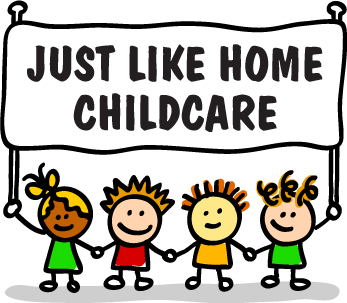Just Like Home Childcare recognises that many plants are poisonous if eaten or capable of causing allergic reactions if handled. Accordingly, no plants on the list of the dangerous plants shown below are allowed on the premises without first conducting a risk assessment to review the degree of risk posed to the children. The outside play area at St Philips Church Hall has also been checked for the dangerous plants listed below.
Where a potentially dangerous plant exists and we are unable to remove it, we have conducted a risk assessment which takes into account:
- The ages and maturity of the children.
- The degree of supervision required.
- Whether we need to restrict access to affected areas.
- How children with allergies might be affected.
The following is a list of the most commonly found plants that staff should be aware of as posing a possible hazard. Note that this list is not fully comprehensive.
| Common name | Latin name | Harmful |
| Indoor Plants | ||
| Angels’ Trumpets E | (Brugmansia or Datura) | E |
| German Primula | (Primula Obconica) | T |
| Lantana | (Lantana) | E / T |
| Leopard Lily | (Dieffenbachia) | E / T |
| Oleander | (Nerium Oleander) | E |
| Rosy Periwinkle | (Catharanthus Roseus)
|
E |
| Umbrella Tree | (Schefflera) | T |
| Bulbs eg Daffodils & Hyacinths | (Narcissus) (Hyacinthus) | E / T |
| Cut flowers eg Daffodils, Monkshood,
Mistletoe |
(Narcissus) (Aconitum) (Viscum Album) E / T
|
E / T |
| Garden Plants | ||
| Autumn Crocus | (Colchicum Autumnale) E
|
E |
| Castor Oil Plant | (Ricinus Communis) | E / T |
| Foxglove | (Digitalis Purpurea) | E |
| Freemontodendron | (Fremontodendron) | T |
| Ivy | (Hedera Helix) | E / T |
| Laburnum | (Laburnum Anagyroides) | E |
| Leyland Cypress | (X Cupressocyparis) | T |
| Lily-of-the-Valley | (Convallaria Majalis) | E |
| Lupins | (Lupinus) | E |
| Mezereon | (Daphne Mezereum) | E / T |
| Monkshood | (Aconitum Napellus) | E / T |
| Pokeweed | (Phytolacca) | E / T |
| Rue | (Ruta Graveolens) | T |
| Spurge | (Euphorbia) | E / T |
| Yew | (Taxus Baccata) | E |
| Wild and native plants | ||
| Black Bryony | (Tamus Communis) E
|
E |
| Black Nightshade | (Solamum Nigrum) | E |
| Cherry Laurel | (Prunus Laurocerasus) | E |
| Deadly Nightshade | (Atropa Belladonna) | E |
| Giant Hogweed | (Heracleum Mantegazzianum) | T |
| Hemlock | (Conium Maculatum) | E |
| Hemlock Water Dropwort | (Oenanthe Crocata) | E |
| Horse Chestnut | (Aesculus Hippocastanum) | E |
| Lords-and-Ladies | (Arum Maculatum) | E |
| Mistletoe | (Viscum Album) | E |
| Snowberry | (Symphoricarpos Albus) | E |
| Wild Privet | (Ligustrum Vulgare) | E |
| Woody Nightshade | (Solanum Dulcamara) | E |
Key: E = Harmful if eaten, T = Harmful if touched
This policy was adopted by: just Like Home Childcare on Date:30.11.2016
To be reviewed: 30.11.2017 Signed:
Written in accordance with the Statutory Framework for the Early Years Foundation Stage (2014):
Written in accordance with the Statutory Framework for the Early Years Foundation Stage (2014): Safeguarding and Welfare Requirements: Safety and Suitability of Premises, Environment and Equipment
[3.54, 3.64]

